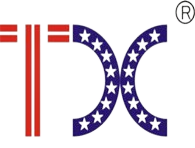
Products
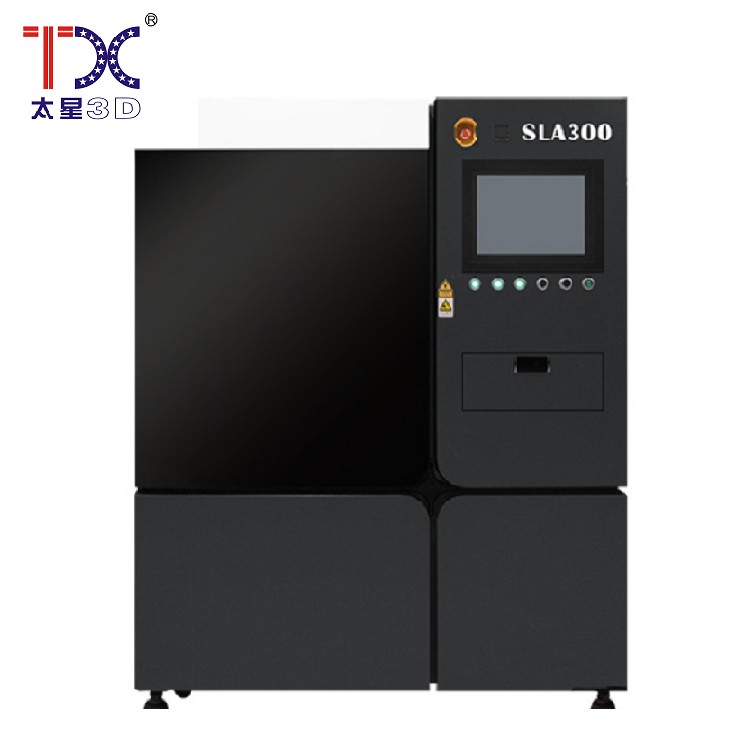
Taisin Light-adoptive 3D printer SLA300
Stereolithography (SLA) is a high-speed and high-precision 3D printing technology. Details are printed using a UV laser and a liquid photopolymer, cured by UV radiation-“photopolymer”. The laser beam is controlled to scan the surface of the liquid resin, so that the surface of the liquid resin hardens, forming the scanned film of the cross section of the part. After curing one layer, cover the newly formed layer with another layer of liquid resin and continue scanning to harden and combine it with the cross section of the previously rejected part. This happens forward and backward, a layer by a layer to print a full three -dimensional part.
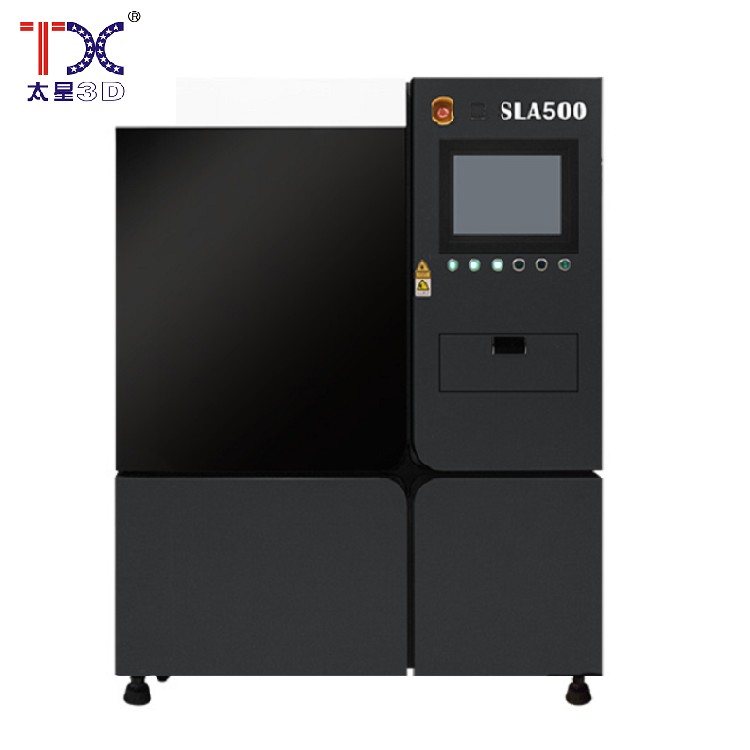
Taisin Light-adoptive 3D printer SLA500
Stereolithography (SLA) is a high-speed and high-precision 3D printing technology. Details are printed using a UV laser and a liquid photopolymer, cured by UV radiation-“photopolymer”. The laser beam is controlled to scan the surface of the liquid resin, so that the surface of the liquid resin hardens, forming the scanned film of the cross section of the part. After curing one layer, cover the newly formed layer with another layer of liquid resin and continue scanning to harden and combine it with the cross section of the previously rejected part. This happens forward and backward, a layer by a layer to print a full three -dimensional part.
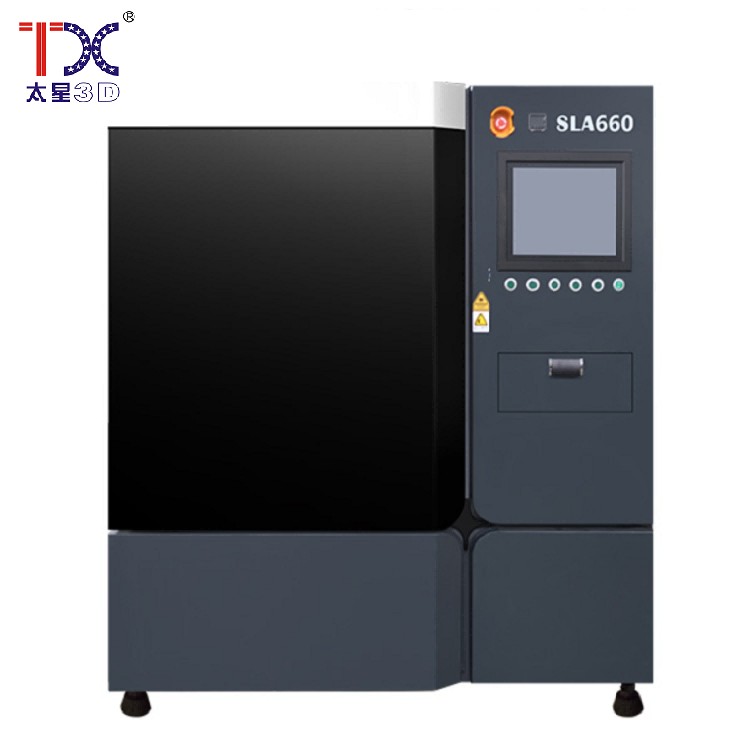
Taisin Light-adopted 3D printer SLA660
Stereolithography (SLA) is a high-speed and high-precision 3D printing technology. Details are printed using a UV laser and a liquid photopolymer, cured by UV radiation-“photopolymer”. The laser beam is controlled to scan the surface of the liquid resin, so that the surface of the liquid resin hardens, forming the scanned film of the cross section of the part. After curing one layer, cover the newly formed layer with another layer of liquid resin and continue scanning to harden and combine it with the cross section of the previously rejected part. This happens forward and backward, a layer by a layer to print a full three -dimensional part.
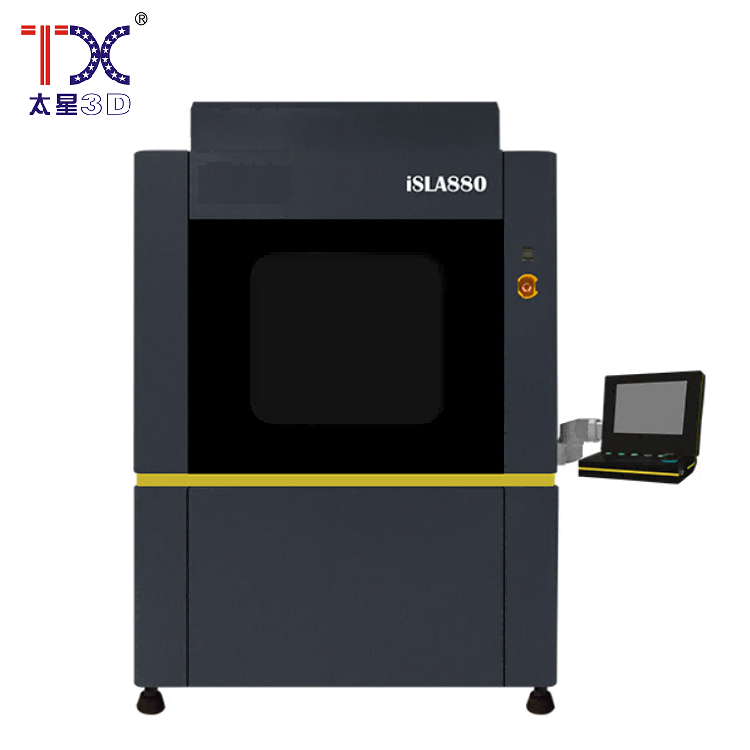
Taisin Light-adoptive 3D printer SLA880
Stereolithography (SLA) is a high-speed and high-precision 3D printing technology. Details are printed using a UV laser and a liquid photopolymer, cured by UV radiation-“photopolymer”. The laser beam is controlled to scan the surface of the liquid resin, so that the surface of the liquid resin hardens, forming the scanned film of the cross section of the part. After curing one layer, cover the newly formed layer with another layer of liquid resin and continue scanning to harden and combine it with the cross section of the previously rejected part. This happens forward and backward, a layer by a layer to print a full three -dimensional part.
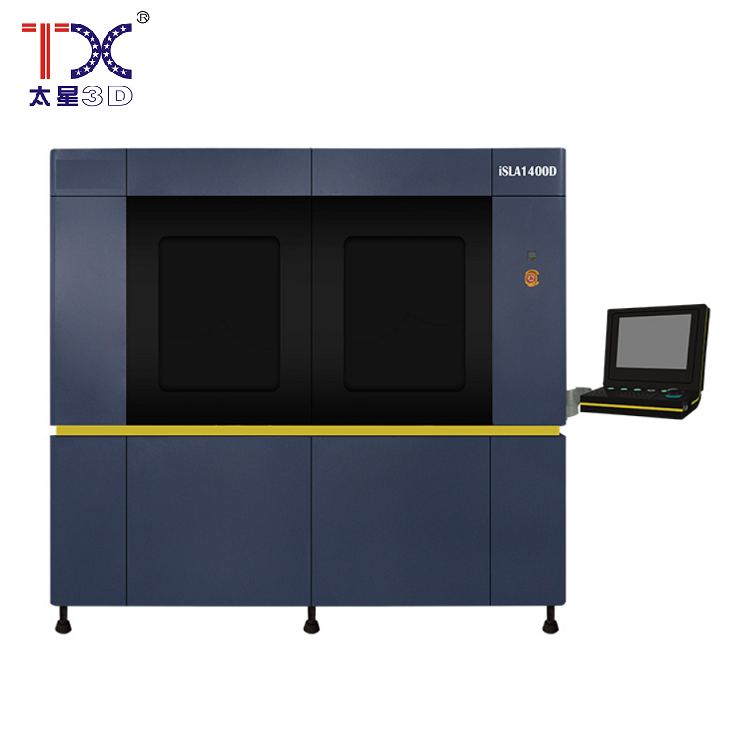
Taisin Light-adopted 3D printer SLA1300D
Stereolithography (SLA) is a high-speed and high-precision 3D printing technology. Details are printed using a UV laser and a liquid photopolymer, cured by UV radiation-“photopolymer”. The laser beam is controlled to scan the surface of the liquid resin, so that the surface of the liquid resin hardens, forming the scanned film of the cross section of the part. After curing one layer, cover the newly formed layer with another layer of liquid resin and continue scanning to harden and combine it with the cross section of the previously rejected part. This happens forward and backward, a layer by a layer to print a full three -dimensional part.
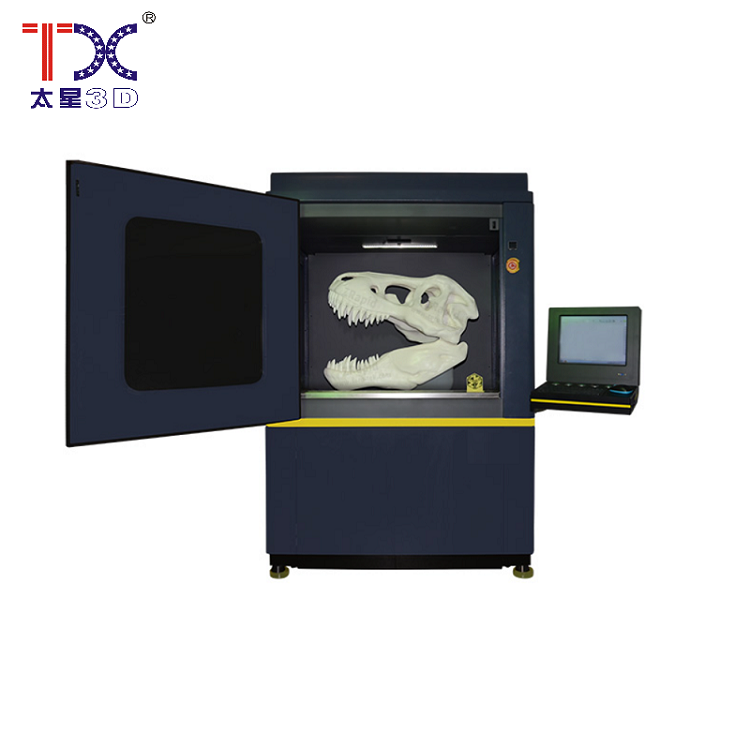
Taisin Light-adopted 3D printer ISL1100
Stereolithography (SLA) is a high-speed and high-precision 3D printing technology. Details are printed using a UV laser and a liquid photopolymer, cured by UV radiation-“photopolymer”. The laser beam is controlled to scan the surface of the liquid resin, so that the surface of the liquid resin hardens, forming the scanned film of the cross section of the part. After curing one layer, cover the newly formed layer with another layer of liquid resin and continue scanning to harden and combine it with the cross section of the previously rejected part. This happens forward and backward, a layer by a layer to print a full three -dimensional part.
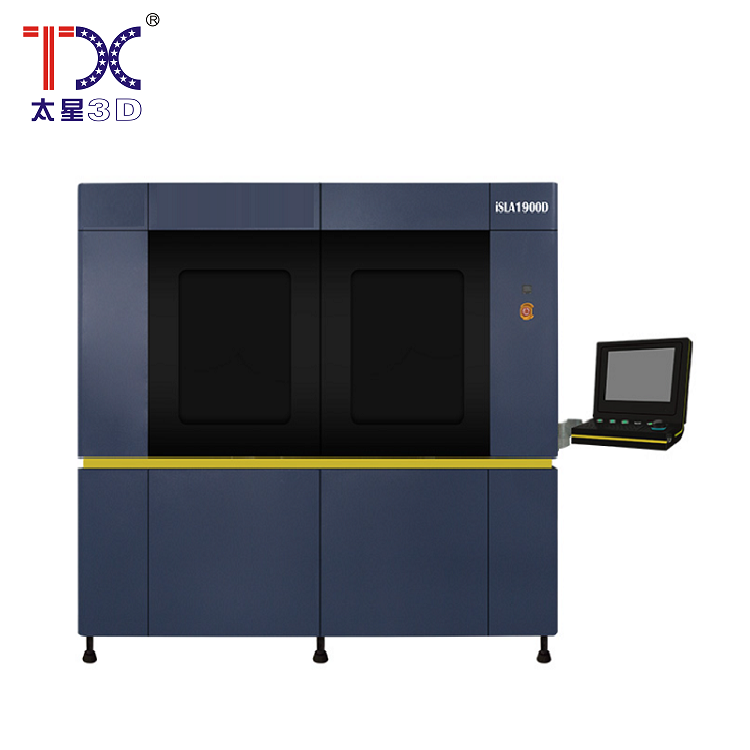
Taisin Light-adoptive 3D printer SLA1900D
Stereolithography (SLA) is a high-speed and high-precision 3D printing technology. Details are printed using a UV laser and a liquid photopolymer, cured by UV radiation-“photopolymer”. The laser beam is controlled to scan the surface of the liquid resin, so that the surface of the liquid resin hardens, forming the scanned film of the cross section of the part. After curing one layer, cover the newly formed layer with another layer of liquid resin and continue scanning to harden and combine it with the cross section of the previously rejected part. This happens forward and backward, a layer by a layer to print a full three -dimensional part.
3D printer
LLC Syamin Taisin Mechanical Electric , Company has been certified by ISO9001 quality management system, certification ofEAS and certification. The main business : Pyato -ose CNC with CNC , Pyatical CNC processing center , Pyatoosev CNC , We will be happy to cooperate with you!
